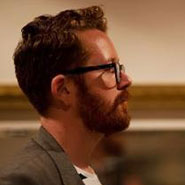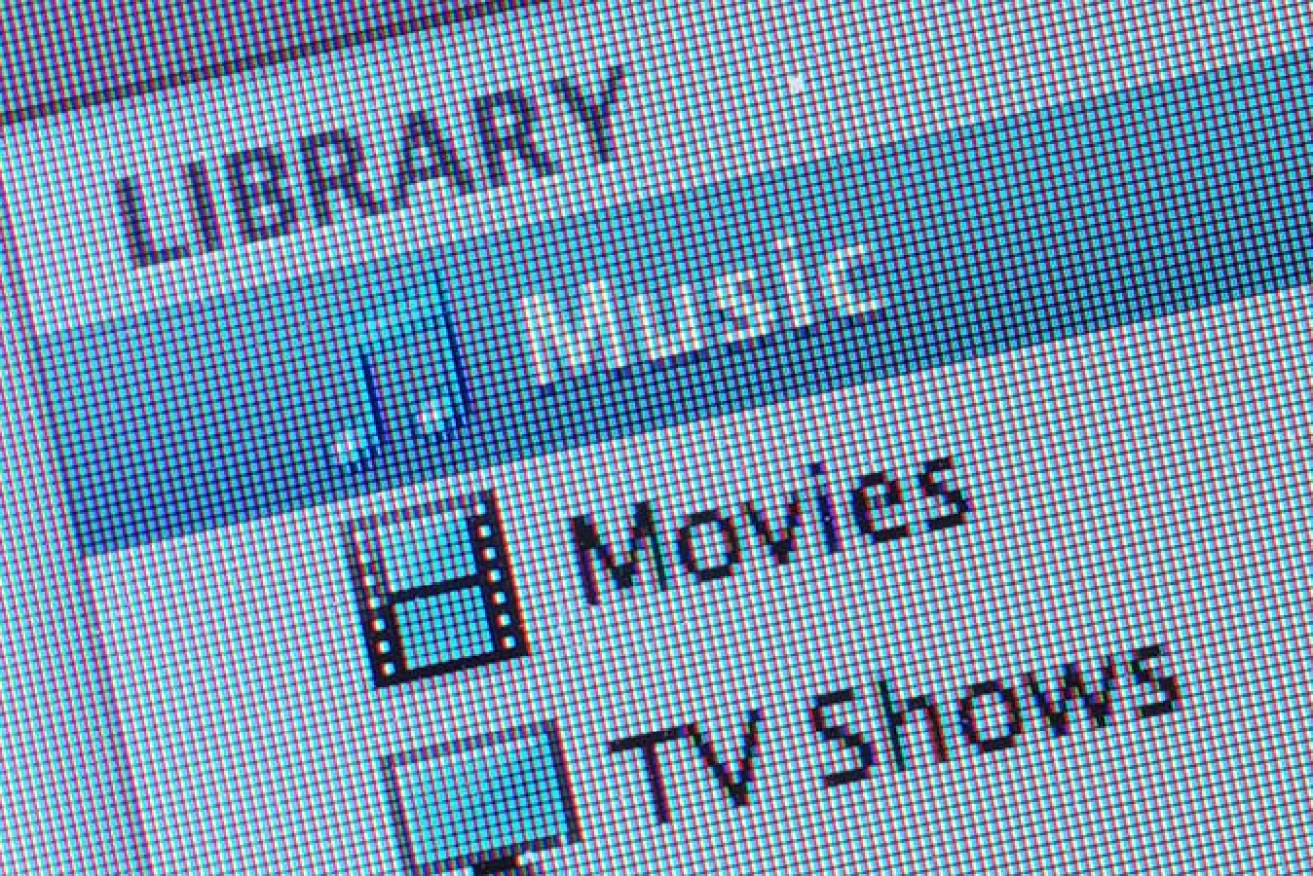What happens to your online life when you die


Facebook often boasts about its 1.23 billion-strong user base; but it also has a less widely-known clientele. Well over 30 million people who signed up to the social media service are now dead. And, the statistic’s getting bigger: if Facebook stops growing, there’ll be more deceased users than living by the year 2065.
Of course, the issue of online profiles with deceased owners has been around since the early internet. Dr Michael Arnold of the University of Melbourne has been studying the way social media has changed how people grieve and the rise of the ‘digital memorial.’
“It has a history that goes back to the 1990s and the early days of the web,” he explains. “People began to set up their own websites to commemorate the dead, they were 1.0 sites. Commercial projects began to take an interest in that as well; undertakers, funeral directors began to set up their own sites.”
Once a person dies, their family can apply to have their loved-one’s account deactivated, whereby all their posts and photographs are deleted. Conversely, the family can ‘memorialise’ the Facebook account.
Early social media necessitated the rise of its inverse, with MySpace leading logically to MyDeathSpace, one of the first online memorials. Cleverly, the site leveraged the MySpace profiles of those who’d died (and built advertising around it). The innovative post-life social media platform was joined by other online memorials such as the U.K.-based Virtual Memorial Garden, which collected short memories of the deceased.
• Etiquette gets reboot for digital age
• Google hit by 70,000 requests to be ‘forgotten’
• How online dating can make you a target for data thieves
But, it was the rise of Facebook that revolutionised online memorialising. With its rich catalogue of personal details, high-resolution photographs, revealing personal communications and almost-ubiquitous presence among friendship groups, Facebook forced the question as to what happened to it all once we passed away.
“Who would have thought that a site that was set up for young boys to ogle female students would end up in a situation where they have to handle a whole bunch of dead people?” wonders Arnold.
In memorandum
 While other websites simply deactivated or deleted deceased accounts, in 2009 Facebook tackled the issue head-on. Once a person dies, their family can apply to have their loved-one’s account deactivated, whereby all their posts and photographs are deleted. Conversely, the family can ‘memorialise’ the Facebook account, freezing the deceased’s digital activity and preventing automated reminders about that person from appearing online. Essentially, existing friends can visit the memorialised profile, but they can’t post to their timeline.
While other websites simply deactivated or deleted deceased accounts, in 2009 Facebook tackled the issue head-on. Once a person dies, their family can apply to have their loved-one’s account deactivated, whereby all their posts and photographs are deleted. Conversely, the family can ‘memorialise’ the Facebook account, freezing the deceased’s digital activity and preventing automated reminders about that person from appearing online. Essentially, existing friends can visit the memorialised profile, but they can’t post to their timeline.
Arnold believes that while it’s not perfect, Facebook’s memorialising service isn’t too bad. “They’ve acted pretty reasonably,” he explains. “An unreasonable thing to do would be to ignore the situation and to continue on as if it didn’t exist. If people wish to retain the sites of their dead loved ones just as they are, then they can do so.”
Things begin to get trickier, however, when the bereaved request a more active involvement in the departed’s accounts. Practically no-one – including Facebook, Twitter, Google, Yahoo, Flickr, Tumblr, Microsoft – will provide login details to family members. Despite perhaps legitimate claims to a loved-one’s personal data, online giants like Google and Facebook have insisted it’s crucial to strike a balance by accommodating a grieving family and allaying privacy concerns. It’s fair to say that not everything everyone does online is for public consumption.
The digital library
Meanwhile, the idea of handing down a ‘library’ is almost obsolete. Massive collections of music, cinema and literature – particularly if they’ve been purchased legitimately – will, like their owners, return to whence they came. A recent report for the Australian Communications Consumer Network points out that when people  click ‘buy’ on an ebook or mp3, they’re not buying anything at all. Rather, the appropriate term is ‘rent’ or ‘loan’ as there is usually no transfer of property in the transaction, only a limited right to use. Complex terms of agreement with a service such as iTunes mean that you’ve only got visitation rights to files.
click ‘buy’ on an ebook or mp3, they’re not buying anything at all. Rather, the appropriate term is ‘rent’ or ‘loan’ as there is usually no transfer of property in the transaction, only a limited right to use. Complex terms of agreement with a service such as iTunes mean that you’ve only got visitation rights to files.
Nevertheless, many people are circumventing these thorny situations simply by passing down their account details – or hacking the password of the deceased. Despite clear terms of use for services such as Facebook and Google insisting access is non-transferable – and that it’s a violation, if not illegal, to pretend to be someone else – plenty of loved ones are keeping profiles alive.
“It’s a common occurrence that people, usually the partner, take on the persona of the dead person and act on their behalf through the site,” says Arnold. “We do have cases where someone will maintain the active site of their wife, and post updates on the site as though she had still been alive. While the person is biologically dead, they’re socially alive. They live on through digital media, even though the body is rotting.”
Messages from the grave
In a similar vein, an increasingly common kind of service will keep posting to your social media profiles after you’ve died. Products such as LivesOn or DeadSocial gives the deceased the power to either set up a series of messages to be sent out after they’ve died, or use smart bots to mimic your behaviour, posting links and  retweets as you might have if you were alive.
retweets as you might have if you were alive.
As creepy as that may sound to some, Arnold points out it can be extremely comforting to others. “People do find it to be helpful, convivial,” he says. “They’re highly resistant to the idea that the site be deleted. It’s akin to another death.”
Whatever happens in the digital afterlife as we rattle toward the singularity, only one thing is certain: Facebook’s going to make a lot of money. “The data, in a sense, is just as valuable as when a person is alive as it is when they are dead,” says Arnold. “The algorithms that mine that data to profile consumption patterns, they don’t care whether a person is alive or dead.”
With interest booming in genealogy, future generations will have a lot, lot more to discover about their great grandparents than just their birth certificate. “There’s big business in researching your ancestry,” Arnold says. “In 30 years time, in 50 years time, in 100 years time, the data’s just as valuable as the consumption data that they have now. It’s spreading across many platforms, many of which people have forgotten about. But it’s all there, and it’ll all be there ad infinitum.”
• Etiquette gets reboot for digital age
• Google hit by 70,000 requests to be ‘forgotten’
• How online dating can make you a target for data thieves
Planning your online legacy
It’s difficult to say what the technological world will look like once we’ve gone, but there are a few methods to make passing on your data legacy a little easier. Here are a few easy ones, but for more detailed information, visit the Death and the Internet report at ACCAN.
1. List your data
It’s important to do an audit of your ‘digital assets,’ making a list of where you’ve got accounts – whether they’re social media, domain names, email accounts, online shopping accounts, dropbox facilities or whatnot.
2. Create a digital registry
Write out your usernames and passwords, and how to access any of your important data. But – and this is very important – keep that information secure (and probably offline) because it’s literally the key to your digital identity.
3. Choose a ‘Digital Executor’
Nominate a person who you trust to manage your digital assets – normally the executor of your will. And, you’ll need to formally nominate them, by signing physical paperwork, along with any instructions on what to do with your data.
4. Back-Up
The only way to ascertain that you’ll pass on your data is by having local copies backed up. Download email, important files; even social media profiles (including Twitter and Facebook) can be downloaded and saved at home.
Think social media is a modern phenomenon? Think again. Read Writing on the Wall by Tom Standage. Buy it here.
 Today we are endlessly connected: constantly tweeting, texting or e-mailing. This may seem unprecedented, yet it is not. Throughout history, information has been spread through social networks, with far-reaching social and political effects. Standage traces the story of the rise, fall and rebirth of social media over the past 2,000 years offering an illuminating perspective on the history of media, and revealing that social networks do not merely connect us today – they also link us to the past.
Today we are endlessly connected: constantly tweeting, texting or e-mailing. This may seem unprecedented, yet it is not. Throughout history, information has been spread through social networks, with far-reaching social and political effects. Standage traces the story of the rise, fall and rebirth of social media over the past 2,000 years offering an illuminating perspective on the history of media, and revealing that social networks do not merely connect us today – they also link us to the past. 







